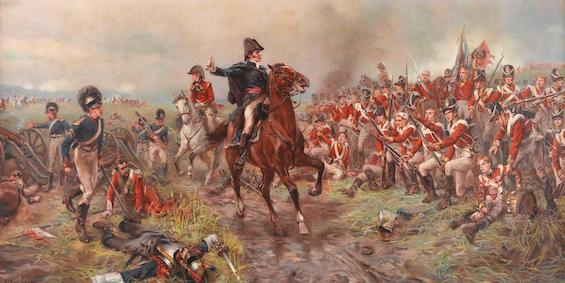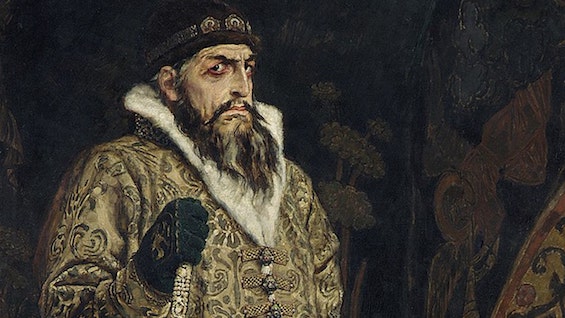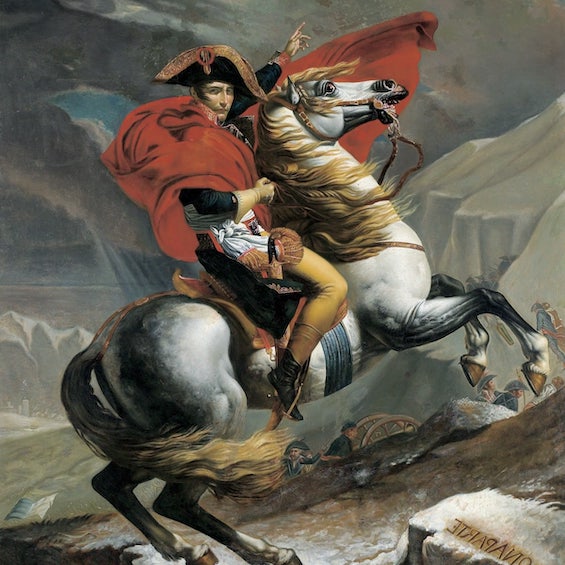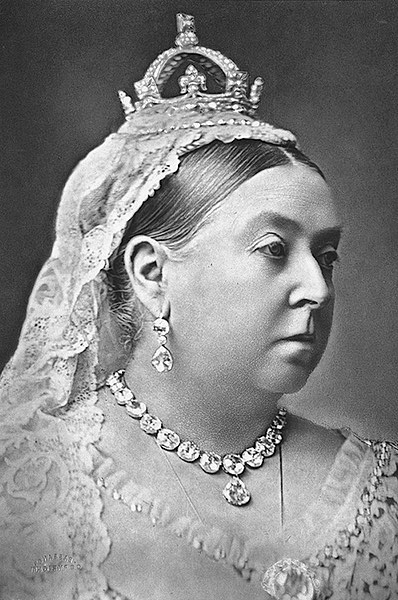
Why was Ivan the Terrible so terrible? Why did Napoleon lose the Battle of Waterloo? What did Queen Victoria have to do with the fall of Russia’s last tsar? These are among the intriguing questions Frederick Cartwright and Michael Biddiss answer in Disease and History. The book, first published in 1972, has undergone three later editions. The most recent, the fourth edition, appeared in 2020 and bears the subtitle From Ancient Times to Covid-19. Coauthor Michael Biddiss updated the text, Frederick Cartwright having died nearly twenty years earlier. The result is a compelling story of the impact that microbes and genetics have exerted on our affairs. In short, how disease changed history.
Estimated reading time: 7 minutes
The impact of disease on Christianity and the Roman Empire
Cartwright and Biddiss set the pattern at the outset with a survey of the known facts about the incidence of contagious disease in ancient times. For example, they write, “the pestilences of the first three centuries AD produced two far-reaching and long-lasting effects which are less widely recognized. First, Christianity would hardly have succeeded in establishing itself as a world force and would certainly not have taken the form that it eventually did if the Roman Empire had not been ravaged by incurable disease during the years which followed the life of Christ.
“Second,” they continue, “the thousand-year development of medicine from the fourth to the fourteenth century would have been very different had its practice not fallen under the domination of the Christian Church.” Domination, they later make clear, that virtually stopped progress in medical science in the West for a millennium.
As you can see, the authors think big. But their broader conclusions are scattered among abundant stories about individual men and women and the pivotal roles they played in changing history as we know it. Three examples follow.
Disease and History: From Ancient Times to Covid-19, 4th Edition by Frederick F. Cartwright and Michael Biddiss (2020) 280 pages ★★★★☆

Three surprising and colorful examples of how disease changed history
To give you a sense of the flavor of this revealing little book, consider how the authors answered the questions I posed in the lede to this review.
Why was Ivan the Terrible so terrible?

“By our standards,” Cartwright and Biddiss note, “Ivan was no doubt a cruel despot even during [his] early years.” However, “by contemporary Russian and, indeed, European standards he ruled wisely and humanely from 1551 to 1560.” Then he started to change. When a young man, he was a notorious womanizer and contracted syphilis. Soon after the death of his wife, Ivan began showing clear symptoms of what we today call paranoia. His suspicions steadily grew more and more severe over the years, prompting him to turn against even his closest friends and relatives.
“Toward the end of 1564 there occurred the first ludicrous incident which clearly shows that Ivan now suffered from cerebral syphilis.” He loaded up all the gold, silver, and jewels of the treasury and abandoned the capitol, leaving no forwarding address. His nobles later found him in a small village. He acceded to their request that he return but only on the condition that he be “free to execute any ‘traitors’ he so desired.” The remainder of Ivan’s reign is a sickening tale of tortures and floggings, of burnings and boilings, of all manner of hideous deaths.” In other words, terrible, by anyone’s standards.
Why did Napoleon lose the Battle of Waterloo?

Napoleon was a sick man at Waterloo, unable to give undivided attention to the battle. . . He was in great pain from an acute attack of cystitis, inflammation of the bladder. He also suffered from a heavy feverish cold.” As a result, the French Emperor uncharacteristically left major tactical decisions to his marshals. And the decisions they made proved disastrous.
However, an even more consequential illustration of how disease changed history came three years earlier in Napoleon’s catastrophic invasion of Russia. “Legend has it that almost the whole of Napoleon’s enormous army was destroyed on the retreat from Moscow. The legend is incorrect. A much larger number of men perished on the outward march through Poland and west Russia than on the retreat. . . Napoleon’s central or task army numbered about 265,000 men. Only 90,000 of these reached Moscow.”
Certainly, the Russian army and cooperating peasants had something to do with this. But a far more important factor was disease. First, “the common campaign diseases of dysentery and enteric fevers.” Then, fatally, typhus, which “held the army in its unrelenting grip.” The Grande Armée that faced the Russians at Borodino was weakened and demoralized, far from ready to face a determined force of men fighting to protect their families and their homes.
What did Queen Victoria have to do with the fall of Russia’s last tsar?

“Queen Victoria’s most fateful role in history,” the authors write, “was to transmit the rare genetic disorder known as Haemophilia A to a number of her descendants.” (Apparently, she inherited the mutant gene from her mother, the Duchess of Kent.) “One of Victoria’s four sons, Prince Leopold, died from haemophilia. Of her five daughters, two transmitted haemophilia to their sons or grandsons.” And a granddaughter, Alexandra, “married Nicholas II, Autocrat, Tsar and Emperor of All the Russias, thus bringing the haemophiliac gene into the Romanov family.”
That errant gene manifested in the youngest child and only son of Nicholas and Alexandra, the doomed boy Alexis. And the couple’s, especially his mother’s, single-minded obsession with keeping Alexis safe led to the intrusion of a drunken peasant named Grigori Rasputin into the affairs of the realm—and to disastrous decisions by the tsar as the war with the Central Powers raged on. We cannot know whether the boy’s affliction was the principal source of his parents’ disastrous choices—and to the Bolshevik Revolution—but circumstantial evidence strongly suggests it was so.
Overall assessment of the book
Disease and History is the product of two academics, and it shows. The writing style is flat and unexciting, but it’s clear enough. However, it does often stumble on from one topic to the next without transition. Throughout, the book could have done with subtitles to ease the reader’s way forward. However, as a whole, the case Cartwright and Biddiss make about how disease changed history is well worth reading. It puts into historical context the COVID-19 pandemic we’ve just experienced—and whatever emerging global disease we may face in the future.
About the authors
Frederick F. Cartwright (1909-2001) was the Emeritus Senior Lecturer in the History of Medicine at King’s College Hospital of the University of London. He was an English anaesthetist and president of the History of Medicine Society of the Royal Society of Medicine. Cartwright was the author of a biography of Joseph Lister as well as coauthor of an earlier edition of this book.
Michael Biddiss (1942-) is emeritus professor of history at the University of Reading. He specialises in the history of the development of racist ideology, and the history of medicine. He was professor of history from 1979 to 2004, when he became emeritus. Biddis is the author, editor, or co-editor of eight books
For related reading
You’ll find new perspective on the issues raised in this book at:
- Science explained in 10 excellent popular books
- 20 top nonfiction books about history
- Gaining a global perspective on the world around us
And you can always find my most popular reviews, and the most recent ones, on the Home Page.


























